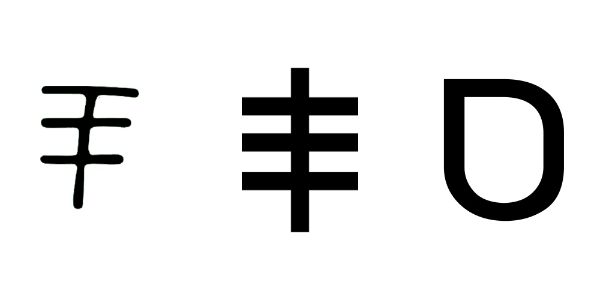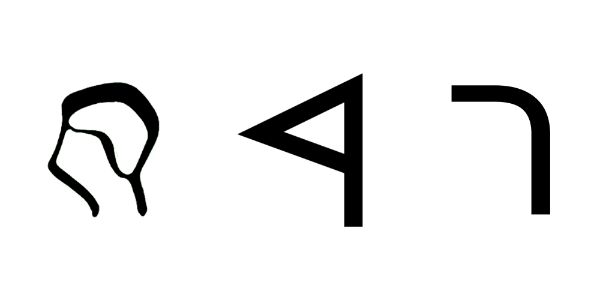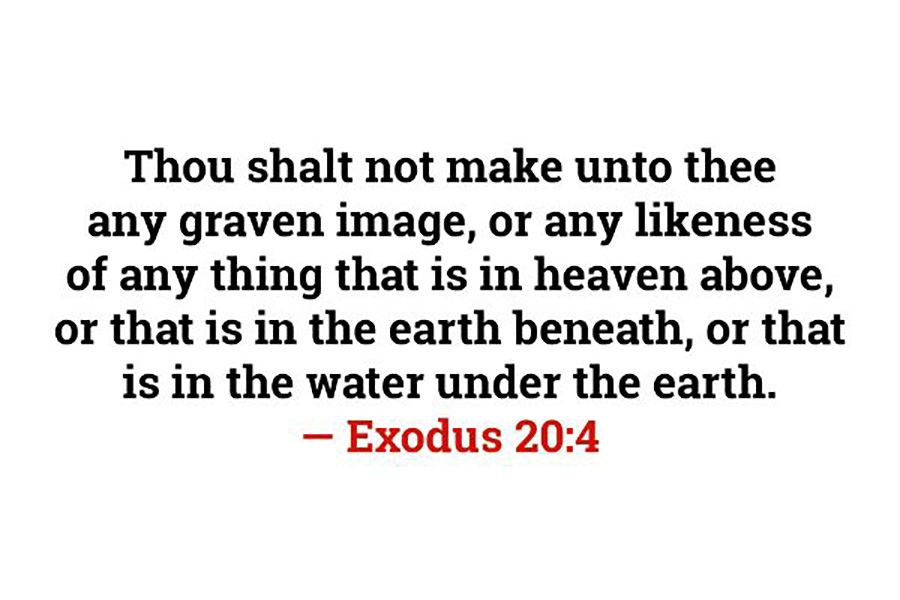« Back to Glossary Index
Categories: Alphabet, War and Weaponry
Synonyms:
𐤎
The letter samak (𐤎) or S/s is the fifteenth letter in the Afroasiatic language known as Paleo-Hebrew (Ābarayat). The letter has been equated with the letter S and the letter X in the English language. Nonetheless, the letter S is more common in both Paleo-Hebrew and Modern Hebrew when you read over the writings.
Extended Study for 𐤎 (s)
To read the study guide entry that elaborates on 𐤎 (s) then join our Extended Study Membership at https://www.paleohebrewdictionary.org/extended or use phdict.org/extended to share a short link with others.





